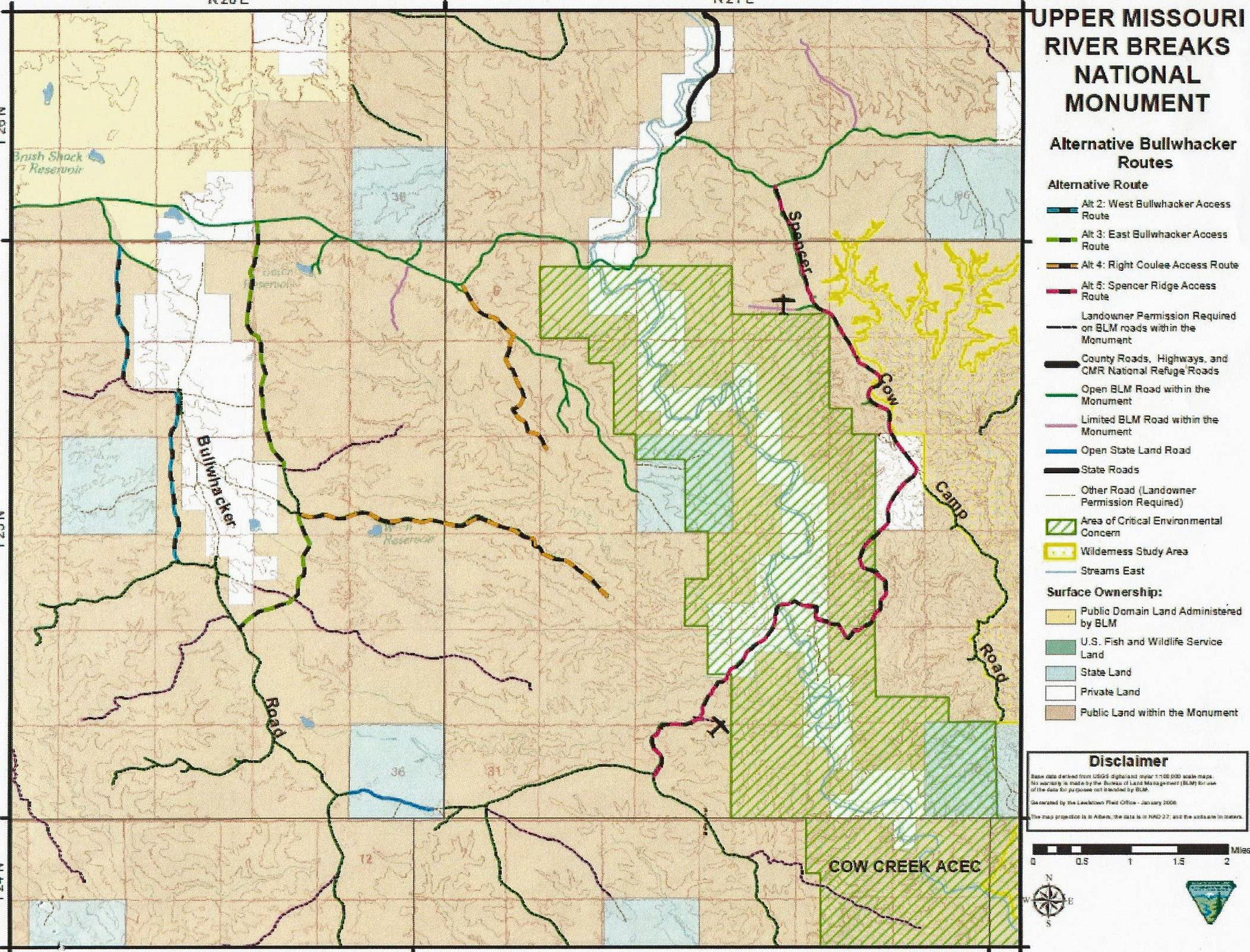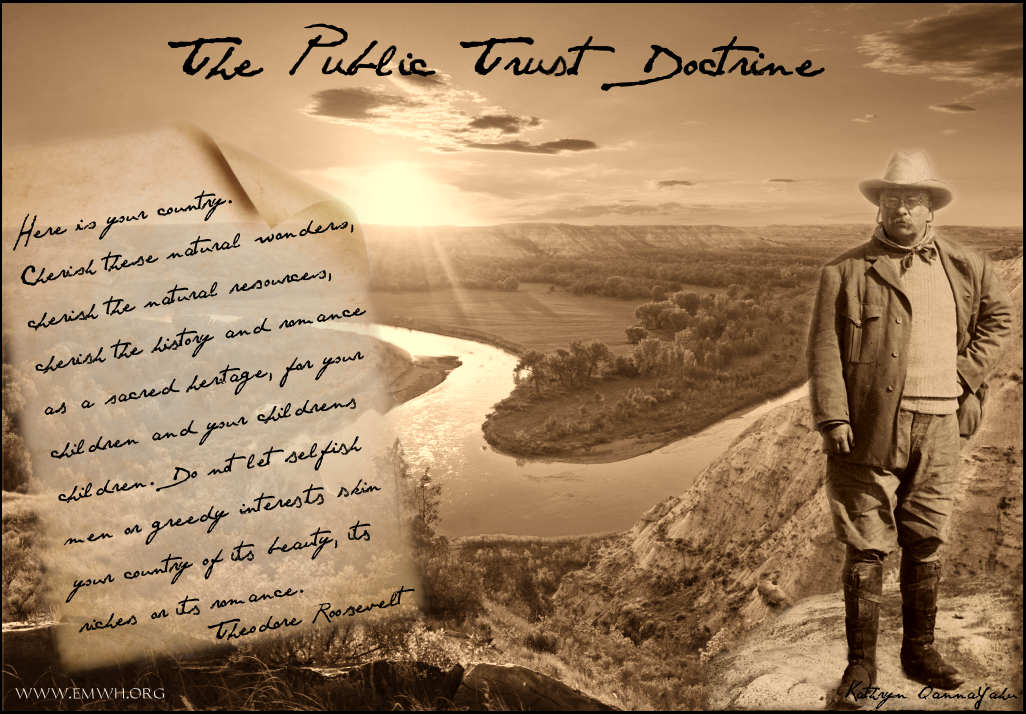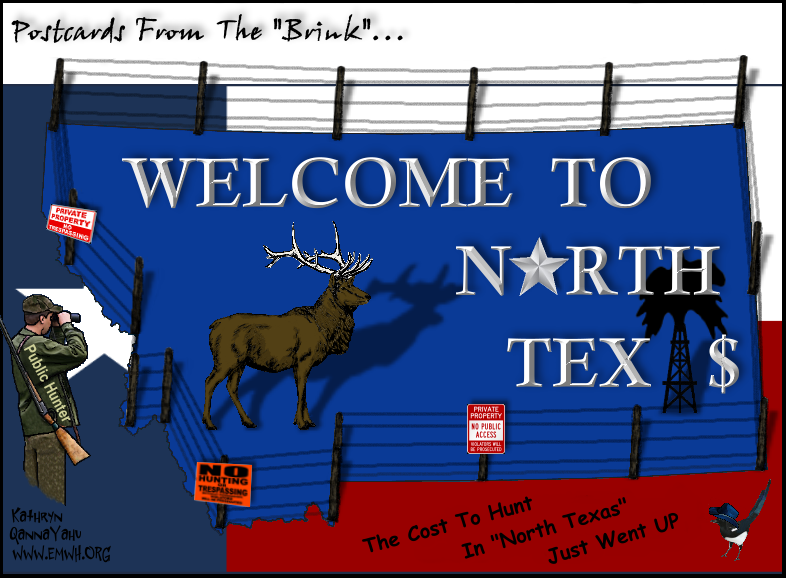On Saturday, Sept. 27th, 2014, Jim Posewtiz and Gayle Joslin were guest speakers at a Celebrating Our Public Trust Dinner, hosted by Enhancing Montana's Wildlife & Habitat in Bozeman. The following is the awesome, heartfelt speech shared by Gayle Joslin on Wilderness.
WILDERNESS
HISTORY
Enhancing
Montana’s Wildlife and Habitat
By
Gayle Joslin
September
27, 2014
It
has been quite some time since I’ve spoken in public, and when I
retired 7 years ago from a 32 year career with Montana Fish, Wildlife
& Parks as a wildlife biologist, I must say I was relieved to
think my public speaking days were over. But when Kathryn asked me
to visit with you for a few minutes about Wilderness, I thought,
“this is a subject so near and dear to my heart that I’ll have to
saddle up.”
Right
out of the chute, America was embracing its Manifest Destiny
philosophy with rapacious vigor. A young French journalist, Alexis de
Tocqueville, was scrutinizing the behavior of our fledgling country
and observed:
“In
Europe people talk a great deal of the wilds of America, but the
Americans themselves never think about them; they are insensible to
the wonders of inanimate nature. Their eyes are fired with another
sight; they march across these wilds, clearing swamps, turning the
courses of rivers…”
But,
evolution of the thought process that eventually led to legislated
Wilderness was getting started in the 1700’s with the Concord
transcendentalist philosophers such as Ralph Waldo Emerson who
published the seminal book Nature. That work profoundly
influenced Henry David Thoreau who wrote many books, spoke widely and
professed “In Wildness is the Preservation of the World.”
This cadre of thinkers prepared the country for an era of
conservation.
WILDERNESS
was a concept devised in America by people who had seen what greed
and destruction will do. Each generation built upon the thoughts and
writings of the previous generation.
Individual
experience and observation of history lead George Perkins Marsh to
write Man and Nature in 1864 (exactly 100 years before the
passage of the Wilderness Act). Marsh had been the U.S. Minister to
Turkey in the 1800s and had had time to travel in Greece, Palestine
and the Nile Valley where entire landscapes had been altered by man.
He was able to see that man’s actions could devastate and
permanently alter landscapes. When he was a child, his family’s
mill was washed away when the mountain behind it was stripped of
timber and could not withstand drenching rains and then horrific
erosion that gouged gullies and carried away top soil, their mill,
and their livelihood.
When
in the Middle East, he could see that those landscapes didn’t occur
naturally, they were a product of abuse, exploitation, and arrogance.
He set the stage with his writings for those who would follow to
understand that all things are connected (the concepts of what we now
call Ecology) and that humanity itself would determine whether their
local environments, the landscapes, ultimately whether our little
blue planet would continue to be able to sustain us if we did not
heed the rules of nature.
Scoffing
at such altruistic, sentimental notions were the likes of our very
own William A. Clark, robber baron extraordinaire, the embodiment of
greed and exploitation of land and people for his personal gain. In
their wake, people of his ilk left gaping holes such as the Berkley
Pit that will forever appear, even from space as an infected, toxic
orb threatening to spill out across the landscape.
In
a 1907 essay Mark Twain portrayed Clark this way:
“He is as rotten a human being as
can be found anywhere under the flag; he is a shame to the American
nation, and no one has helped to send him to the Senate who did not
know that his proper place was the penitentiary, with a ball and
chain on his legs. To my mind he is the most disgusting creature that
the republic has produced.”
Satisfied
not with their own personal wealth, the robber barons of today have
managed to hood-wink our Supreme Court into providing their
corporations, “personhood” through the Citizens United decision.
So the ante of the battle, even today, goes up another notch. But
that’s a different path that we are not going to take today.
Wilderness
was able to be created from the raw unclaimed landscape of a new
republic. Before the idea of “PUBLIC” land, the government was
selling off land to pay for the Revolutionary War. Then it gave Land
Grants to the Railroads, and then Settlement grants. But the idea of
public land was recognized in 1891 with creation of the Forest
Reserve Act and designation of 43 million acres by Presidents
Harrison, Cleveland, and McKinley (Benjamin Harrison 13 million
acres, Grover Cleveland 25 million acres, McKinley 7 million).
But,
it was Republican president Theodore Roosevelt, who, with the support
of his dedicated staff and close compatriot Gifford Pinchot (soon to
became known as the father of the United States Forest Service),
really set the stage. Roosevelt had been creating national forest
reserves on public lands, much to the chagrin of his party and the
corporate interests that funded their campaigns. So in 1907 in an
effort to reign in his enthusiasm, Congress put a rider on an
agricultural bill to prohibit the President from creating any new
nationals forest reserves in 6 western states, one of which was
Montana (also Washington, Oregon, Colorado, Wyoming, and Idaho)
The
President could not veto the bill because of important funding
provisions that were included. He had 7 days to sign the bill. In
those 7 days Roosevelt created 22 new forest reserves covering 16
million acres in those states, and then signed the bill that would
prevent him, and future presidents, from ever doing that again.
Because they were compiled during long nights of pouring over maps
during those 7 days, these lands became known as The Midnight
Forests. Ultimately Roosevelt set aside 230 million acres for
conservation purposes – more than 5 times the collective acreage of
all presidents before him. And he created the U.S. Forest Service in
1905.
Just
4 years earlier, Bob Marshal, was born in New York in 1901 to
wealthy, civic minded, Jewish parents who seemed to have nurtured
Bob’s proclivity to stride unhindered through the Adirondack
Mountains. “He was however, well-educated, gentle, funny,
enormously energetic and extraordinarily effective. He was a young
man with seemingly boundless energy who became a forester with the
U.S. Forest Service.
Marshall
tirelessly advocated for a special category of public land
designation that would retain certain landscapes as “Forever Wild.”
His hiking sagas are legendary. He would walk 30-40 miles in a day
across wild, trail-less country. He generated a staunch following
that, after his death at the age of 38 on a train returning to New
York, pursued his ideals for another 25 years before passage of the
Wilderness Act in 1964.
The
text of the Wilderness Act itself is poetic and in part says:
"A
wilderness, in contrast with those areas where man and his own works
dominate the landscape, is hereby recognized as an area where the
earth and community of life are untrammeled by man, where man himself
is a visitor who does not remain."
With
passage, across the United States, 756 wilderness areas involving
107,436,608 acres were eventually bequeathed Wilderness Status. Here
in Montana, Bob Marshall’s wilderness namesake had been established
by Federal Regulation in 1940 in honor of Marshall with the
recognition that “by saving wilderness, we also save a vital part
of the human spirit.”
With
the 1964 Act, 16 wilderness areas would eventually be designated in
Montana but only 4 new areas would come into existence with the
signing of the Act, as well as the Bob Marshall Wilderness being
officially recognized. (Absaroka-Beartooth 1964, Anaconda-Pintlar
1964, Bob Marshall 1940 and 1964, Cabinet Mountains 1964, Gates of
the Mountains 1964, Great Bear 1978, Lee Metcalf 1983, Medicine Lakes
1976, Mission Mountains 1975, Mission Mountains Tribal 1982,
Rattlesnake 1980, Red Rock Lakes 1976, Scapegoat 1972, Selway
Bitteroot 1964, UL Bend 1976, Welcome Creek 1978)
Montana
would become famous in the struggle for Wilderness when in the late
1960s the mercantile owner in Lincoln named Cecil Garland and an
outfitter from Ovando, Tom Edwards, took it upon themselves to
champion the first citizen’s initiative for Wilderness for the
Lincoln backcountry, as it was called then. Ultimately the Scapegoat
Wilderness, was designated in 1972, but it came so close to not
happening at all. The bulldozers had already been unloaded and were
said to be idling at the edge of the “Backcountry” about to begin
the building of roads necessary to harvest all the timber units that
had been laid out by the Helena National Forest.
Small,
wiry, and colorful, Tom Edwards had made his living in the
backcountry taking people in to enjoy the scenery in the summer and
pursue the wily wapiti in the fall. Cecil Garland simply would
escape to the “backcountry” for recreation and solace. Although
a simple small town merchant, Cecil was thoughtful, passionate, and
eloquent about the land out his back door. At his store, Cecil had
heard about the unloading of bull dozers and followed up with calls
to the Forest Service. Receiving unsatisfying answers, he telephoned
his Senator in Washington D.C., Republican Jim Baton. Baton phoned
the Helena Supervisor and said for him to give him 24 hours to
investigate the situation. Upon being told by the Supervisor that he
did not have 24 hours, Baton slammed his hand down on the desk and
thundered, “BY GOD I”D BETTER HAVE 24 HOURS!” For the time
being the project was put on hold. Tom and Cecil teamed up and
traveled to Washington D.C. to testify before Congress.
At
this time I was in high school, but my summer job was as a camp cook
on backcountry trips through The Bob and the Lincoln Backcountry,
working for Tom and Helen Edwards. Tom and Helen were close family
friends of my parents, and my dad did a lot of volunteer guiding for
Tom during the hunting season. Tom had been his high school physics
and art teacher. So when dad took me with him on one of those trips,
so that I might prove myself capable enough to be considered as a
camp cook. It changed my life. And I got a job!
When
in Washington D.C., Cecil and Tom swept away their audience of
politicians with vivid descriptions of magical places nestled in the
mountains of Montana. Tom explained in his high, thin voice,
“For
over a quarter of a century I have virtually lived in these areas,
especially the Lincoln-Scapegoat back country, from Decoration Day to
Thanksgiving. I have been privileged to take guests from all over
the United States and some from foreign lands into every crook and
cranny of this marvelous wilderness. I love the high country and
alpine meadows with a passion – it restores my soul and into this
land of spiritual strength I have been privileged to guide over the
years literally thousands of people, the old, many past 70, the
young, the poor, the rich, the great, and small people like myself.
I have harvested a resource of the forest of most importance. No one
word will suffice, but to explain this resource, let us call it –
the ‘hush’ of the land.”
Then
Cecil painted a place akin to heaven and said, in part:
“We
camped that first night on a small bench above Ringeye Falls. Taking
down our tent from an old frame that the pack rats were using for a
home, we made a secure camp, cooked our supper, fed our sock, and
then turned our complete thoughts to our whereabouts.
“We
took from our duffle an old reed elk bugle and as the chill air fell
with the sun we shattered the calm of that September evening with a
blast from our elk call. Then almost as by magic, above us on Red
Mountain a bull elk bugled his challenge that this was his home.
All through the frosty fall air the calls echoed back and forth and
I knew that I had found wilderness.
“I
would not sleep that night for I was trying to convince myself that
this was really so; that there was wild country like this left and
that somehow I had found it. But all was not at peace in my heart
for I knew that someday, for some unknown reason, man would try to
destroy this country, as man had altered and destroyed before.
“That
night I made a vow, that whatever the cost for whatever the reason, I
would do all that I could to keep this country as wild as I had found
it.
Four
years later, in 1972 Congress finally passed into legislation the
first citizen initiated wilderness in the United States, the
Scapegoat Wilderness. While several other Wilderness Areas came
along shortly thereafter, Montana has not seen any additional
Wilderness designated for the past 31 years and counting. Congress
did pass the 1988 Montana Wilderness Bill only to have President
Regan kill it with a pocket veto…..
Leaving
citizens today holding the line for Wilderness Study Areas,
Inventoried, and non-inventoried Roadless Areas, and working to
restore tattered wildlife linkage corridors, big game security,
cutthroat and bull trout habitats.
I
am a member of the Helena Hunters & Anglers Association and we
are deeply invested in actions of the Helena National Forest. We
recently explained to them that:
“Few
things matter to us more than the conscientious stewardship of our
public land natural resources – here at the doorstep of our home
along the flanks of the Continental Divide. Few agencies have more
history or meaning to us than the U.S. Forest Service with its
colorful and courageous genesis out of the corporate exploitive era
of the late 1890s and early 1900s. The Helena National Forest was in
fact, one of Theodore Roosevelt’s “Midnight Forests” – public
lands that he and his staff valiantly worked to define as National
Forests, and to preserve wild places “for those yet unborn in the
womb of time.” WE are those unborn souls he was referring to, and
we do not believe we have the right to drop the ball or retreat from
the responsibility to be involved in the future of our public lands.”
We
are doing our best to live up to our pledge because it’s been said
that “The only thing for the triumph of evil, is for good men to do
nothing.” … and I would add, a few good women.
There
is something sacred … beyond words, about wild places, something
that rests in the heart of one’s soul, and to which we must return.
So,
when my mom and dad both passed away last year, there was no doubt
that their remains would be returned to the country they loved. As
it turns out, my grandfather homesteaded along the Rocky Mountain
Front up the Dearborn River in a tributary that came to be known as
Joslin Creek. So dad was returned to the Grassy Hills in what is now
the Scapegoat Wilderness, where he got his first elk. And mom was
returned to the Boundary Waters Canoe area of Minnesota where she was
born.
But,
there is also a part of them that is resting near my home in the
forest of those tattered lands within the Helena National Forest –
reminding me that my work is not yet done.












